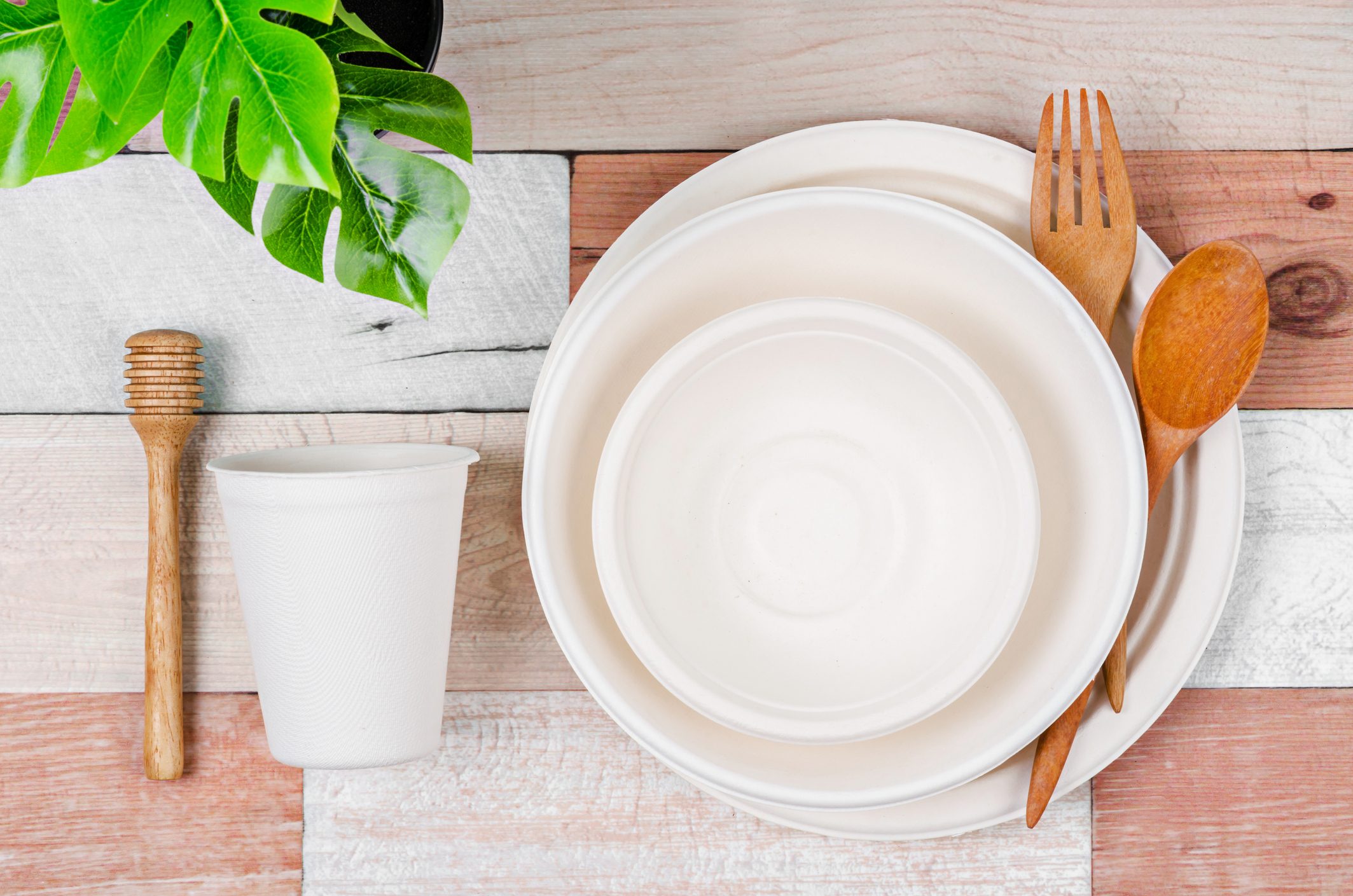What Happens When You Accidentally Eat Something Non-Edible That Your Body Cannot Digest?
Ingesting non-edible items, whether accidentally or unknowingly, can cause various reactions in the body. Normally, our digestive system breaks down food into absorbable nutrients, but it can't break down indigestible objects. Small objects may pass through the digestive system and be excreted without issue, while larger or sharper items could cause blockages, discomfort, or more severe complications. If you swallow something non-edible, it's crucial to monitor your symptoms and seek immediate medical attention if you experience discomfort, pain, or other issues. Medical professionals can determine the best course of action, which may include allowing the object to pass naturally or removing it manually, ensuring your health and safety are not compromised.
;)
- Passage Through Digestive System:
Non-edible items, which are unable to be broken down by digestive enzymes, may pass through the digestive system. Smaller objects often flow off the body naturally in stool without causing harm, typically within a few days. - Potential Complications:
Larger or sharper non-edible objects may lead to serious issues, including blockages or perforations in the digestive tract. These complications can cause pain, vomiting, internal bleeding, and infection, requiring immediate medical attention. - Medical Intervention:
In cases where non-edible items cause discomfort or other symptoms, medical intervention is essential. Healthcare professionals can use tools like X-rays or endoscopy to locate and assess the ingested object, determining the appropriate treatment, which may include natural expulsion, manual removal, or, in severe cases, surgery.
We've all been there, accidentally swallowing chewing gum or a cherry pit. It’s normal to feel a little panic when you ingest something you’re not supposed to, but understanding what happens inside your body can help alleviate your worries. Here, we'll explore what happens when you eat something non-edible and your body cannot digest it.
The Digestive Process
To understand what happens when you ingest inedible objects, it’s helpful to know how the digestive system works. Normally, your digestive system breaks down food into smaller parts which are then absorbed by your body. Enzymes break down food into proteins, fats, and carbohydrates, and these nutrients provide energy, assist in growth and repair, and perform other crucial functions.
Non-edible items, such as plastic or metal, cannot be broken down by digestive enzymes. Therefore, these materials do not provide any nutrients or energy to the body.
What Happens Inside Your Body?
- Swallowing:
When you swallow something inedible, it goes down the esophagus to the stomach, just like food. - Stomach:
In the stomach, acids and enzymes work to break down what you’ve ingested. However, non-digestible elements aren't broken down easily. Smaller elements may pass through the digestive tract and be excreted in your stool without causing harm. - Potential Issues:
Larger items or materials that the body cannot pass might cause blockages in the digestive tract. Blockages can cause discomfort, pain, vomiting, and potentially serious complications. Sharp objects might perforate the digestive tract, causing internal bleeding and infection. - Exit from the Body:
If the non-edible item is small enough, it will continue through the digestive tract and exit the body in the stool, generally within a couple of days.
What To Do If You Swallow Something Inedible?
Don’t Panic:
In many cases, especially with small objects, your body will naturally expel the item without any issues.
- Monitor Symptoms:
Keep an eye on any discomfort, pain, vomiting, or changes in bowel movements. - Seek Medical Attention:
If you experience symptoms, or if you’ve ingested a large or sharp object, seek medical attention immediately. Medical professionals can use various tools, like X-rays or endoscopy, to locate the object and assess the situation.
Treatment
Treatment depends on the size, shape, and type of object. Doctors may allow the object to pass naturally or remove it manually. Surgery may be necessary in severe cases.
Although the human body is well equipped to handle many situations, including accidentally ingesting inedible objects, it's important to remain vigilant. Always seek medical attention for any concerns or symptoms after ingesting non-edible items. The key is to ensure that you deal the situation promptly to avoid any possible complications.
;Resize,width=767;)

;Resize,width=712;)
;Resize,width=712;)
